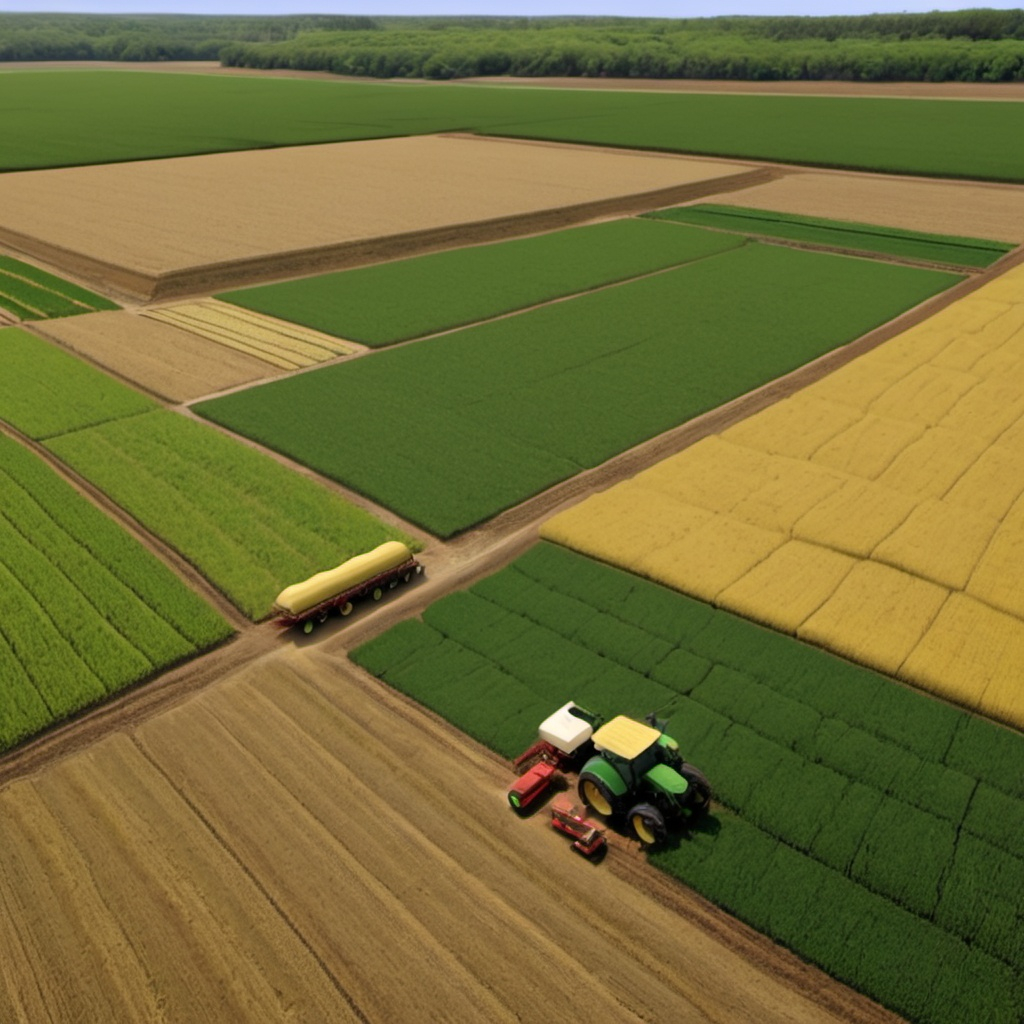
What Are Natural Resources in Agriculture?
Natural resources in agriculture refer to the essential elements provided by nature that are used to produce food, fiber, and other agricultural products. These resources include land, water, soil, air, biodiversity, and minerals. Agriculture heavily relies on these resources for cultivation and farming activities, and managing them sustainably is crucial for long-term agricultural productivity and environmental health.
Importance of Natural Resources in Agriculture
Natural resources are the backbone of agricultural production. Without these resources, it would be impossible to grow crops, raise livestock, or produce food on a large scale. The key natural resources in agriculture include:
- Land: Farmland is a vital natural resource used for growing crops and grazing animals. Proper management of land is crucial for preventing soil degradation and maintaining its fertility.
- Water: Water is essential for irrigation, livestock, and crop production. Managing water resources effectively is important, especially in regions prone to drought.
- Soil: Healthy soil is fundamental to plant growth. It provides nutrients and a stable environment for crops. Sustainable soil management helps prevent erosion and nutrient depletion.
- Air: Clean air is needed for plant growth and animal health. Air quality can affect the success of agricultural operations, especially in cases where pollution affects crop yields or livestock health.
- Biodiversity: A diverse ecosystem contributes to the balance of natural processes, such as pollination, pest control, and soil fertility, which all support agricultural productivity.
Challenges in Managing Natural Resources in Agriculture
There are several challenges when it comes to managing natural resources in agriculture. These challenges can impact the environment and future agricultural practices if not addressed properly:
- Water Scarcity: As water resources become more limited, especially in arid regions, ensuring that agriculture uses water efficiently is a growing concern.
- Soil Degradation: Unsustainable farming practices, such as overgrazing, deforestation, and improper irrigation, can lead to soil erosion and loss of soil fertility.
- Deforestation: Expanding agricultural land through deforestation can harm ecosystems and contribute to the loss of biodiversity.
- Climate Change: Changes in weather patterns and increased frequency of extreme events like droughts and floods pose a threat to natural resources and agricultural production.
Sustainable Agriculture Practices
Sustainable agriculture practices are designed to protect natural resources while maintaining productivity. These practices include:
- Crop Rotation: Rotating crops helps maintain soil fertility and reduces the need for chemical fertilizers.
- Conservation Tillage: Minimizing tilling helps reduce soil erosion and retains soil moisture.
- Integrated Pest Management (IPM): Using biological pest control methods instead of chemical pesticides preserves biodiversity and reduces environmental harm.
- Agroforestry: Incorporating trees into agricultural systems can enhance biodiversity, improve soil health, and sequester carbon.
- Water Conservation: Techniques such as drip irrigation and rainwater harvesting help optimize water use and reduce wastage.
The Role of Technology in Managing Natural Resources
Technology plays a crucial role in managing natural resources more effectively. With the help of modern advancements, farmers can optimize their use of resources and reduce waste. Some examples include:
- Precision Agriculture: Using GPS, sensors, and data analytics, precision agriculture allows farmers to apply water, fertilizers, and pesticides more efficiently.
- Irrigation Technology: Advanced irrigation systems, such as drip irrigation, use less water and ensure that crops receive the right amount of moisture.
- Remote Sensing: Drones and satellite imagery can monitor crop health, soil conditions, and water levels, allowing for timely interventions.
- Soil Health Monitoring: Modern tools allow farmers to test soil for nutrient levels and tailor their practices to enhance soil fertility.
Future Outlook for Natural Resources in Agriculture
The future of agriculture depends on the responsible use and management of natural resources. As the global population grows and demand for food increases, finding sustainable ways to farm while conserving natural resources will be critical. Innovations in technology, along with sound agricultural policies, will play an important role in ensuring that agriculture can continue to thrive without depleting the earth’s natural resources.